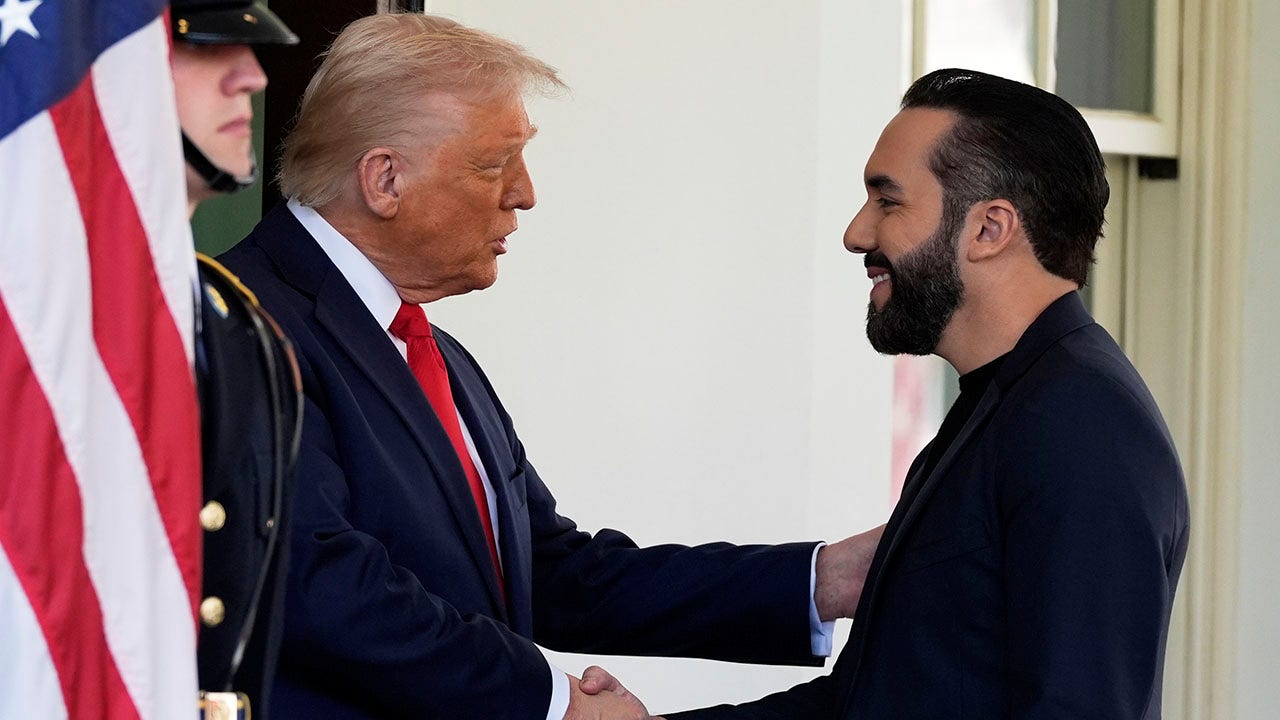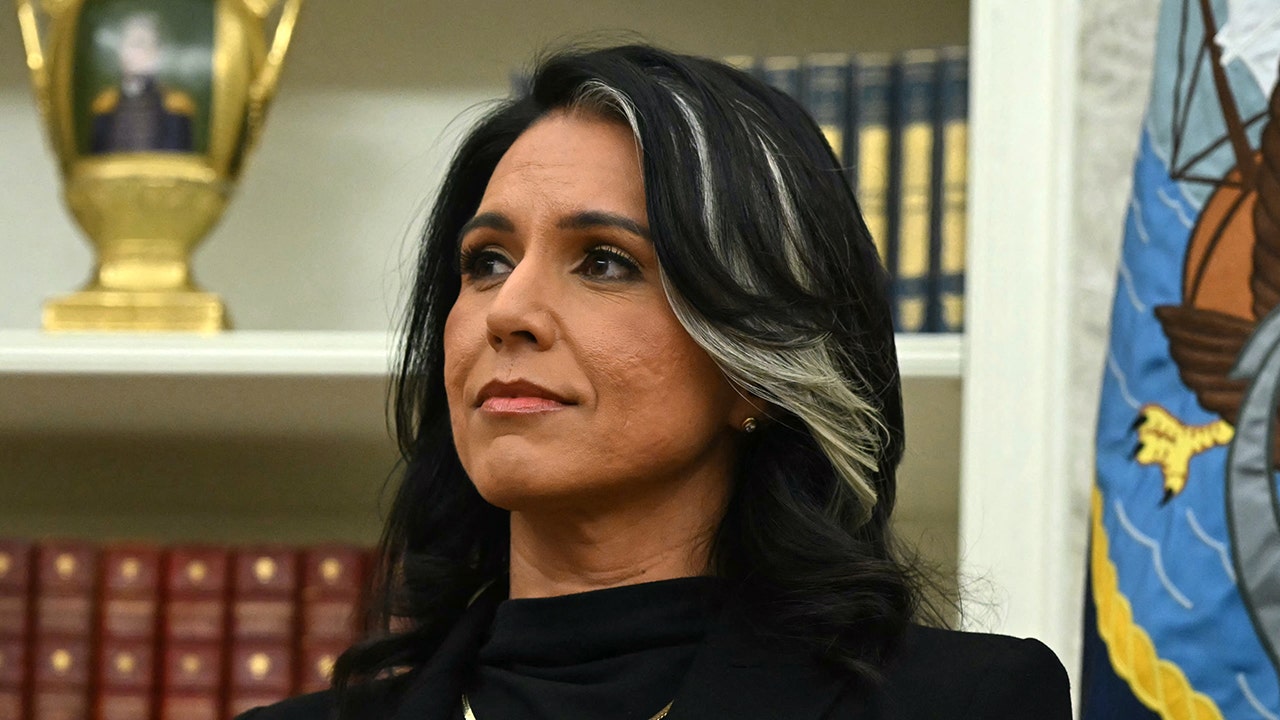Partha Mukhopadhyay, a senior fellow at the Center for Policy Research, a organization in New Delhi, cited one need in particular. “The signaling function could perhaps do with more attention,” he said. “Strategically, signaling is a soft-capacity addition, and as we move to higher-speed trains, it will become more important.”
As devastating as the crash on Friday has been, rail travel in India is far safer than ever.
Derailments were once frequent, with an average of 475 per year from 1980 to about the turn of the century. In the decade leading to 2021, that number dropped to just over 50, according to a paper railway officials presented at the World Congress on Disaster Management.
Rail safety in India, more generally, has also improved, with the number of serious train accidents dropping steadily: to 22 in the 2020 fiscal year from more than 300 annually two decades ago. By 2020, for two years in a row, India had recorded no passenger deaths in rail accidents — a milestone hailed by the Modi government. Until 2017, more than 100 passengers were killed every year.
Under Mr. Modi, India has been on a spending spree, with its Finance Ministry and the World Bank hoping that private companies will follow the government’s lead and pour more money into the economy. The World Bank noted in a report in April that India’s rate of government spending toward long-term goals “has increased relative to the prepandemic level.” Transportation, including the railroads, plays a major part in that spending surge.
“In the 21st century, for rapid development of the country, growth and reform of railways is essential,” Mr. Modi said at the dedication of a train line last year. ”A nationwide campaign is underway to transform railways.”
Auguste Tano Kouamé, the World Bank’s country director for India, said the high rate of public spending on power distribution, new highways and the railroads would “crowd in” more spending by companies in pursuit of long-term gains.
















Discussion about this post